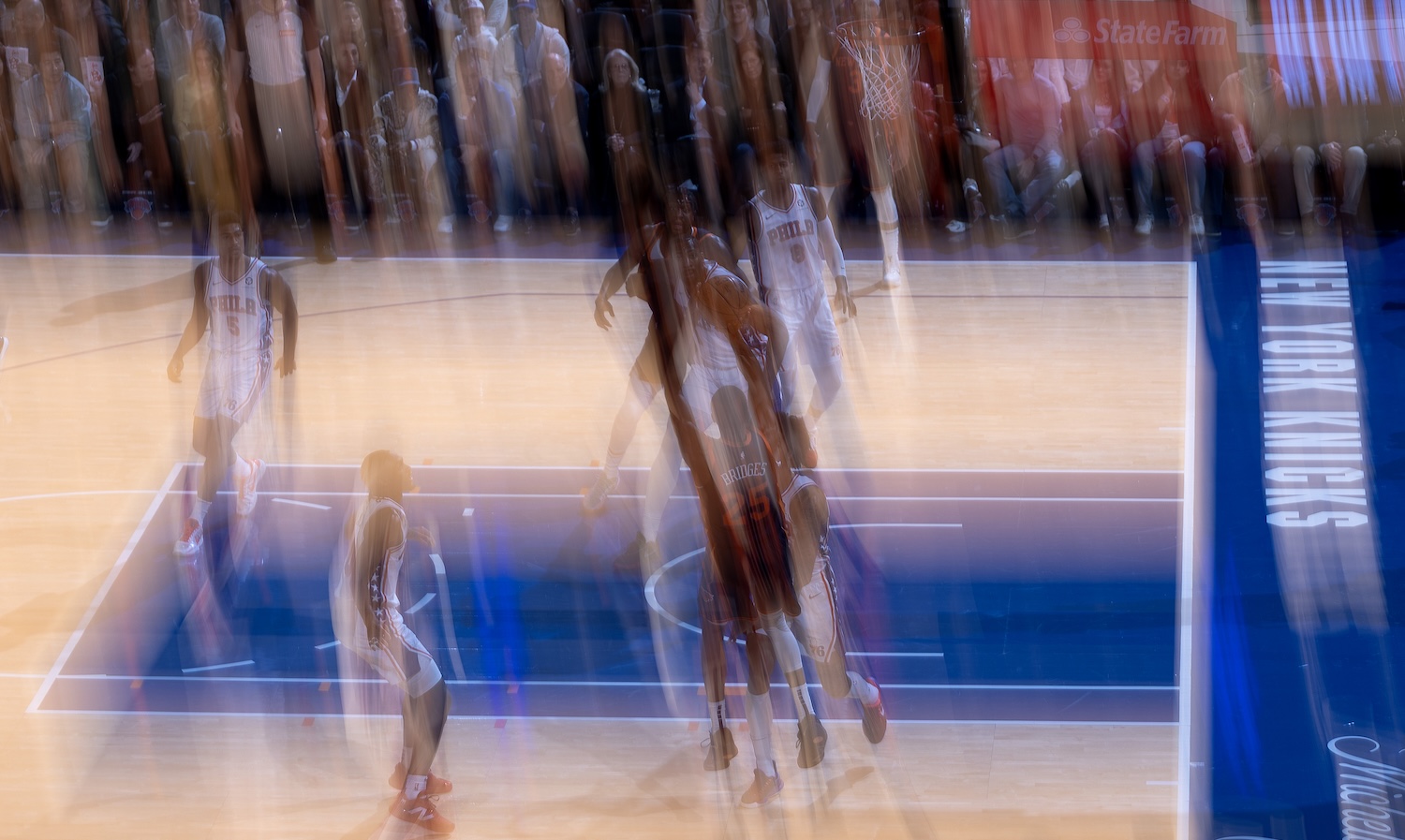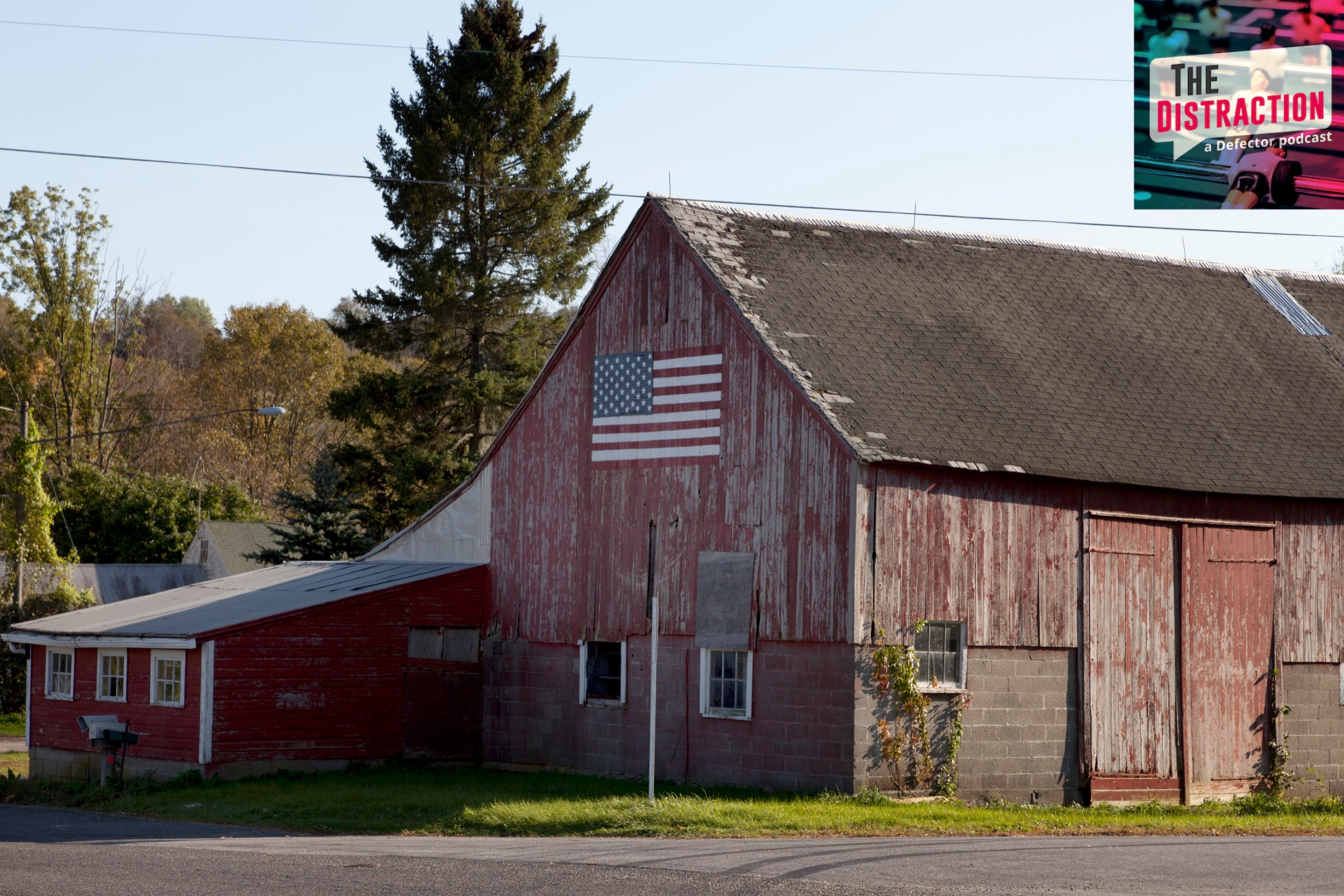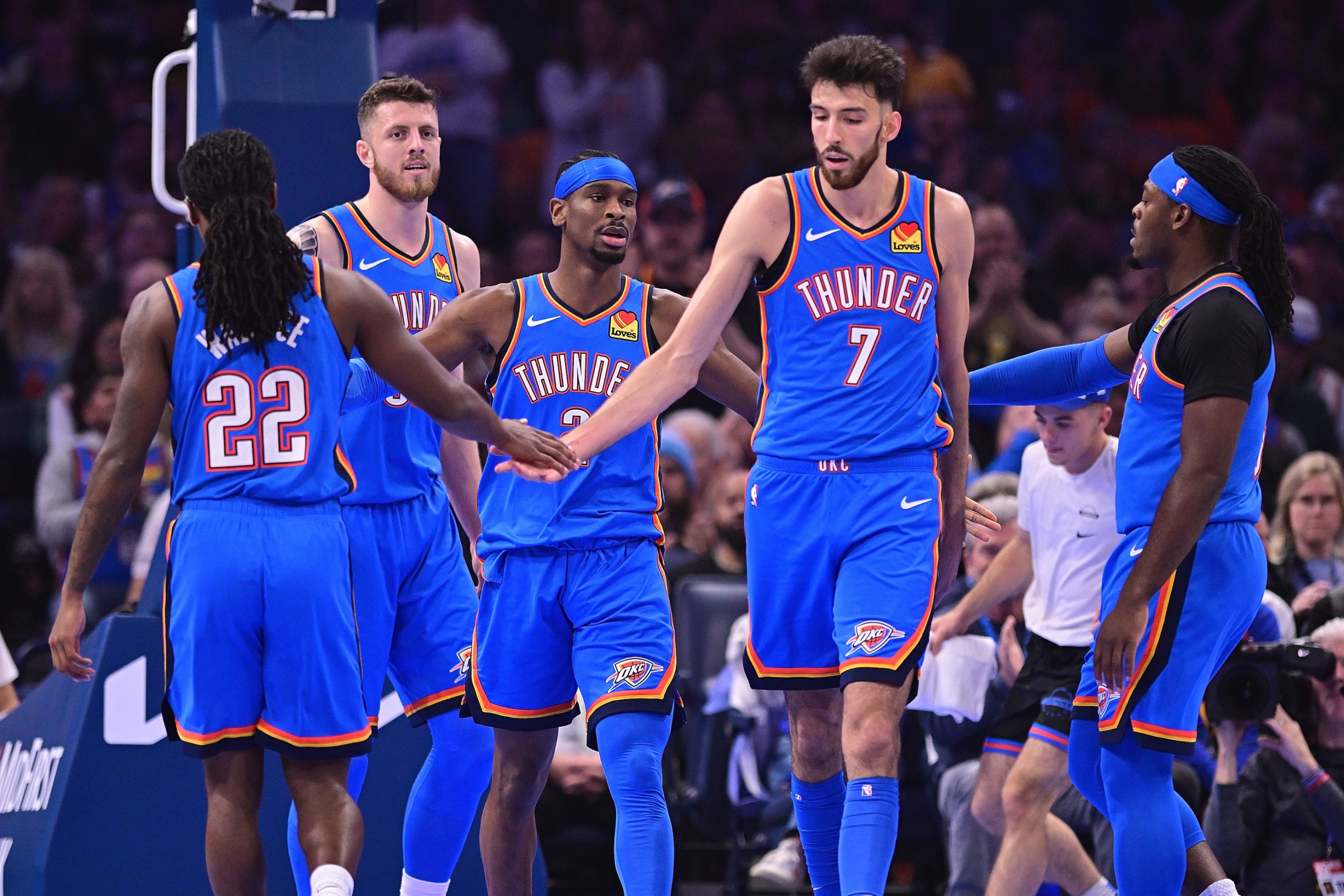The NBA playoffs are in full swing, and as such, I find myself watching and talking about the games with people who do not watch as much basketball as I do, probably because watching basketball is not their job. A perceptual phenomenon that quickly becomes apparent is that there is so much happening on the TV screen at every moment of a basketball game that it is not easily possible to take in everything in real-time. If you simply watch the ball, you will miss most of what goes on during a possession. Hardcore fans accept this as background radiation, and I ultimately find something beautiful in the existence of such a limit.
I have a suspicion, then, that while most people who are serious about basketball-watching are perceiving the same gestalt, they are assembling that whole out of different arrangements of constituent parts. This is true in the macro sense, as two people can get equal amounts of satisfaction by focusing variably on who is doing cool moves and which offensive system is operating more harmoniously, though what I am talking about is the micro sense: Where does your focus shift? What do you look at during a basketball game?
Here is how I watch basketball.
First, some theoretical priors. The offense's currency is space, and the defense's is time. The offense can shoot whenever it wants, though it prefers open shots or shots taken close to the basket, and to get those, it will have to pay with the defense's currency. When I am watching basketball, I am trying to see which unit will win the exchange (to extend this metaphor, the defense collects tax in the form of a physical toll).
While some teams still cling to vestigial basketball, the bedrock principle of modern offense is advantage creation—in these terms, leveraging spatial advantages to get an open shot. The advantage can be vertical, either in the sense that a taller offensive player guarded by a smaller player can back their defender down and get closer to the rim, or that a smaller player can draw a taller defender out to the perimeter where their theoretically more limited lateral movement skills will be tested, or horizontal, in the sense that ball and player movement can goad the defense to contort itself into leaving someone open.
Consider a half-court possession. My eyes move in something like a pre-set pattern. The first thing I look at is the ball-handler, noting who is guarding them and how much space they're given to operate: Is the defender hounding them or giving them a step? Then, I will quickly scan to the basket. Is anyone chilling there? This is also a way to account for the tallest player on the court. If the offense is playing a big center type, are they in the middle, close to the hoop, or are they spacing the floor?
With the ball and the basket accounted for, I scan to the center of the free throw line, a spot known as the nail. This is a space the defense must protect, less because it is a dangerous place for a player to shoot from (though it is), and more because it is the orbital center of the halfcourt. Any offensive player who establishes a beachhead there will have their pick of passing lanes to both sides of the court along all longitudes; or, if they reach the nail with an advantage, they will have a short and simple route to a shot at the rim.
The first principle of defense is to contain the ball. The second is to offer help, essentially exposing a weak point further away on the court to contain a more proximate danger. The nail is the invisible fulcrum around which an offensive possession pivots because it is the most compromising place to help toward. Zone defense, with each member of the defense guarding an area rather than a player, inverts the principles, starting by denying the nail then working outward, toward the ball.
I then look to see whether the corners are occupied by offensive players. The shortest distance between the three-point line and the rim is in the corners, making corner three-pointers easier to score and thus more important to prevent; even if a player in the corner doesn't move, they are an important anchor because they stretch the defense taut. The corner is the inverse of the nail: the hardest place for a defender to help from.
In between each check—rim, nail, corner—I glance back at the ball-handler to see if they've simply escaped and gotten to the rim or pulled up for a shot. Everything I've laid out takes a total of like four seconds. The more you watch, the easier a time you'll have translating players' positions during the transition from defense to offense into the language of half-court offense. You can do this quickly, is my point, and you have to, because something is about to happen. The offense is about to start moving.
Someone on the offense will set a screen, shearing a defender off another offensive player by using their body as an obstacle and creating an instant advantage. They are in essence challenging the defense to a decision-making contest. The screen immediately involves (at least) two defenders: the one guarding the screener, and the one being screened by the screener. Watch how these two play the action. Do they switch onto each other's assignment, or try to stick to their own? Do they double-team one of the players and leave the other open?
One offensive player screening for another—when the one being screened for has the ball, it's a pick-and-roll—is an eternal tactic both because of and despite its simplicity, and there is no universally applicable way to defend it. Any choice offers the offense an edge somewhere; pick-and-roll coverage is all about offering the least harmful edge for the briefest possible interval.
At some point, someone will shoot. Pay close attention to the quality of the closest defender's attempt to contest the shot, especially if it's a two-point attempt. Does the shooter rise straight up with balance? When someone shoots a three, I like to look at how they land. If their feet land comfortably in the same spot they took off from, I assume the shot has a better chance of going in. If they land in a different way or a different place, it is a significantly more difficult shot, because they will have had to think about their landing instead of keeping their focus pure. If the shot is a three, you have time to unfocus your eyes slightly, so you can see how many offensive players are thinking about challenging for the rebound and where they're coming from. Then look up and see if they made it.
There is a totally different alternative way I like to watch basketball, which is to spend some time each quarter watching a single player for several possessions, on both ends of the court. If you do this, you will see a smaller picture, though in much sharper focus and far greater detail. I like to watch the decisions the player makes away from the ball: to cut through a surprising corridor of space to the basket; to set a screen for the ball-handler or for another teammate; to follow that screen by rolling to the basket, popping out to the three-point line, or skittering to the corner; to sprint out in transition or to stand under the basket waiting for something to happen. Under what circumstances do they get the ball and what do they do with it? Watch them flow. Watch where their eyes are pointed, and you will see what matters.
This is an act, above all, of translation. Not of finding words to describe actions, but of reaching an intuitive fluency in the visual language of basketball, then seeing what the 10 participants will write. The best part is that everyone translates the text differently.







